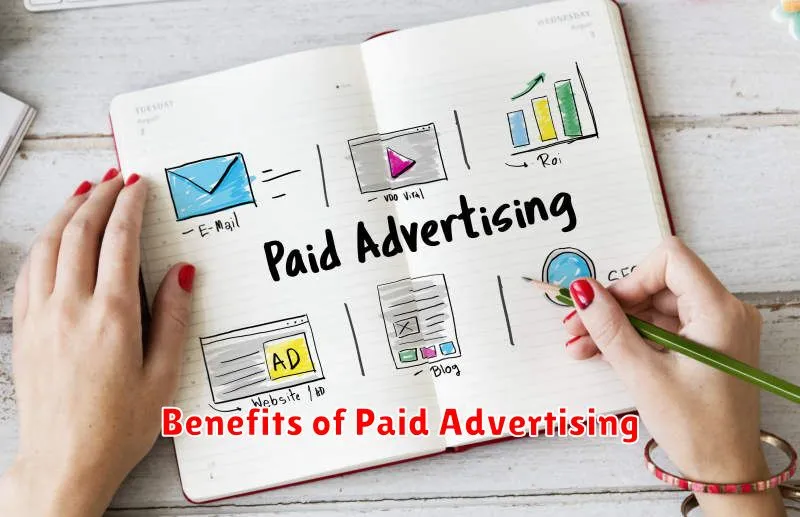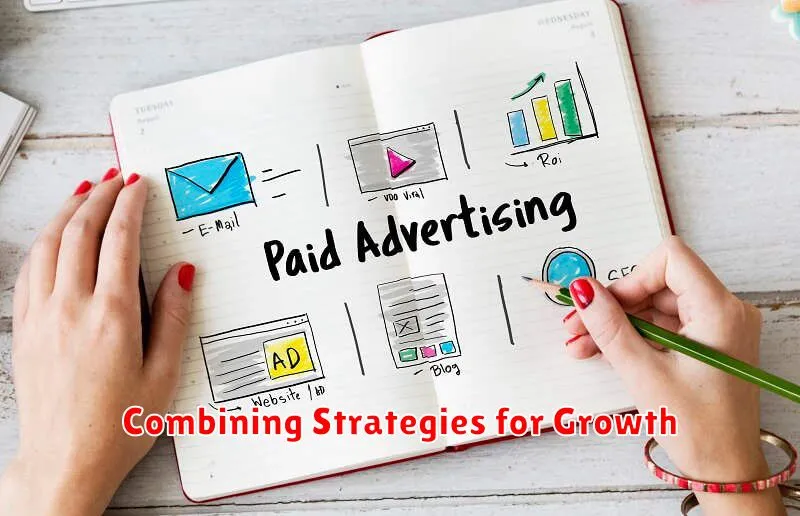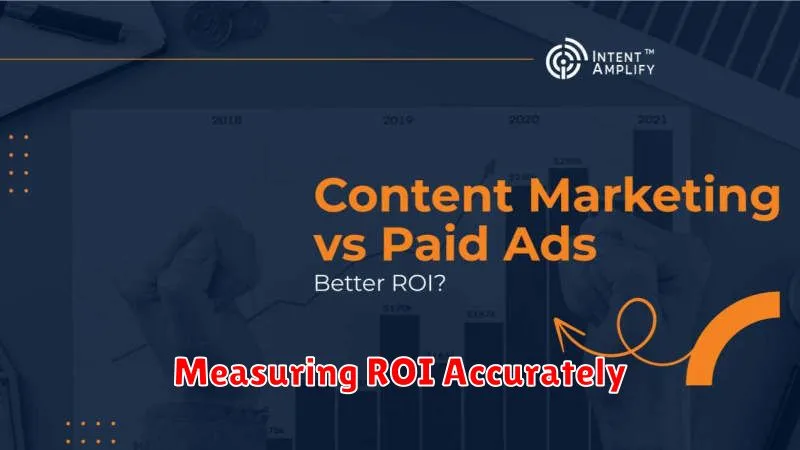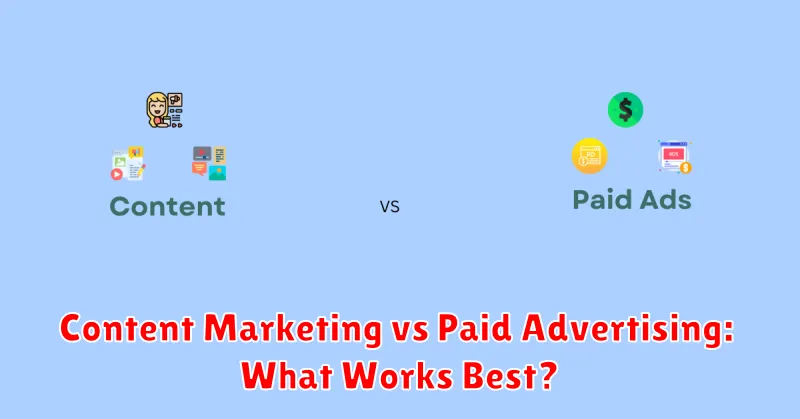In the competitive digital landscape, businesses constantly seek effective strategies to reach their target audience and drive conversions. Two prominent approaches are content marketing and paid advertising. This article explores the nuances of each, examining their respective strengths and weaknesses to determine which approach, or combination thereof, works best for achieving specific marketing objectives. Understanding the core differences between content marketing and paid advertising is crucial for making informed decisions and maximizing return on investment (ROI). We will delve into the intricacies of content marketing vs paid advertising, providing insights to help you choose the right strategy, or blend of strategies, for your business.
Content marketing focuses on creating and distributing valuable, relevant, and consistent content to attract and retain a clearly defined audience — and, ultimately, to drive profitable customer action. Paid advertising, on the other hand, involves paying for space to promote a product, service, or brand. While both aim to increase brand visibility and generate leads, they differ significantly in their approach, timeline, and overall impact. This article will analyze content marketing vs paid advertising, considering factors such as cost, reach, engagement, and long-term effectiveness to help you navigate the complexities of choosing the right marketing mix. This exploration of content marketing vs paid advertising will empower you to make data-driven decisions and optimize your marketing efforts for sustainable growth.
Understanding Content Marketing
Content marketing is a strategic marketing approach focused on creating and distributing valuable, relevant, and consistent content to attract and retain a clearly defined audience — and, ultimately, to drive profitable customer action.
Instead of pitching your products or services directly, you provide truly relevant and useful content to your target audience to help them solve their problems. This builds trust and credibility, positioning your brand as a thought leader in the industry.
Examples of content marketing include:
- Blog posts
- Articles
- Videos
- Infographics
- Case studies
- Ebooks
- White papers
Content marketing aims to educate prospects, build relationships, and ultimately influence their purchasing decisions through providing value over time.
Benefits of Paid Advertising

Paid advertising offers several key advantages for businesses seeking to expand their reach and achieve marketing objectives quickly. One primary benefit is the immediacy it provides. Unlike content marketing, which requires time to build organic reach, paid campaigns can generate traffic and leads almost instantly.
Precise targeting is another significant advantage. Paid platforms allow businesses to target specific demographics, interests, and even online behaviors, ensuring that advertisements are shown to the most relevant audience. This targeted approach maximizes the effectiveness of campaigns and minimizes wasted ad spend.
Furthermore, paid advertising offers measurable results. Sophisticated analytics dashboards provide detailed insights into campaign performance, allowing businesses to track key metrics such as impressions, clicks, conversions, and return on investment (ROI). This data-driven approach facilitates continuous optimization and improved campaign effectiveness.
Finally, paid advertising offers a high degree of control. Businesses can dictate the timing, duration, and budget of their campaigns, allowing for flexible adjustments based on performance and marketing goals.
When to Use Organic vs. Paid
Deciding between organic and paid strategies depends on your specific goals and resources. Organic content marketing excels in building long-term brand authority and trust. It’s best suited for goals like increasing brand awareness, driving organic traffic, and fostering a loyal community. However, it requires patience and consistent effort, with results typically appearing gradually.
Paid advertising, on the other hand, provides immediate visibility and allows for precise targeting. This makes it ideal for short-term goals like promoting a specific product launch, driving sales for a limited-time offer, or quickly gaining market share. Paid strategies are best when rapid results are paramount and budget allows.
Often, a combined approach yields the strongest results. Organic content can establish brand credibility, while paid advertising amplifies its reach and drives immediate conversions. For example, a well-crafted blog post (organic) can be promoted through targeted social media ads (paid) to reach a wider audience.
Combining Strategies for Growth

While both content marketing and paid advertising offer distinct advantages, a truly effective growth strategy often involves combining both.
Content marketing builds organic reach and establishes authority, but it can be a slow burn. Paid advertising provides a quick boost in visibility and allows for targeted reach to specific demographics.
By strategically integrating these two approaches, businesses can leverage their strengths synergistically. For example, high-performing content can be amplified through paid promotion, reaching a wider audience more quickly. Conversely, paid advertising campaigns can drive traffic to valuable content, nurturing leads and building long-term relationships.
A combined approach allows for greater flexibility and control over budget allocation and campaign optimization. This enables businesses to adapt to changing market conditions and refine their strategies for maximum impact.
Measuring ROI Accurately

Accurately measuring return on investment (ROI) is crucial for both content marketing and paid advertising. However, each requires different approaches.
For paid advertising, ROI is often more straightforward to calculate. You can track clicks, conversions, and revenue generated directly from your campaigns. Analyzing metrics like cost per click (CPC), cost per acquisition (CPA), and conversion rate allows for a relatively clear ROI calculation.
Content marketing ROI is more nuanced. While you can monitor website traffic, lead generation, and social shares, attributing revenue directly to specific content pieces can be challenging. You need to consider long-term impact and brand building effects, which are harder to quantify. Focusing on metrics like lead quality, customer lifetime value, and brand awareness growth offers a more holistic view.
Industry-Specific Performance
The effectiveness of content marketing versus paid advertising varies significantly across industries. Highly competitive industries, such as insurance or finance, often see better returns from paid advertising due to the ability to quickly reach a large audience and target specific demographics. Content marketing in these sectors requires significant investment and time to yield results.
Conversely, industries with longer sales cycles and complex products or services, like B2B software or consulting, often find content marketing more effective. Building trust and establishing expertise through valuable content can nurture leads and influence purchasing decisions over time.
Industries with visually-driven products, such as fashion or food, may benefit from a blend of both strategies. Paid advertising can create initial awareness and drive traffic, while engaging content can build brand loyalty and showcase product benefits.

